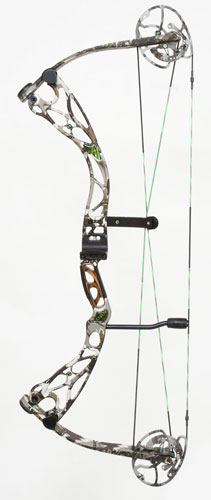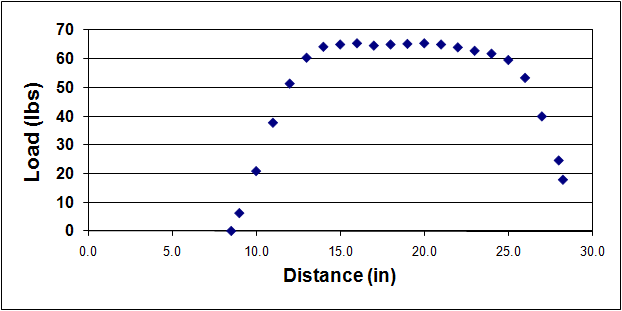Rytera Alien X
Personal Commentary by Jon Silks about the Rytera Alien X:
Rytera's Alien X was one of my favorites for this year. I was immediately impressed with the bow's incredible balance at full draw. This bow appropriately has an "X" factor that I cannot explain. It has good qualities in the subjective categories although it did not break the top five in any of the four. Speed was definitely better than most as it placed second behind only PSE. The Alien's grip was its downfall in the balance/feel category as all of the testers made negative comments about the cutouts in the grip. As stated above however, I was particularly impressed with the balance of the Alien and think if it would have done very well had it been equipped with a relatively slender and well rounded grip with no holes. The best showing for the Alien came in the Shock/Vibration category, which considering the speed is excellent. This bow is proof that we are testing the best in the industry - it may not have broken the top five but it does impress in many ways.
|
 |
||||||||||||||
Using this Table: Kinetic Energy: (in foot-pounds)
This is the energy that actually goes into propelling the arrow. Basically it is the energy that is left over from the stored energy after all of the bow system friction is accounted for. |
|||||||||||||||
Using This Graph: The area under the graph signifies the amount of energy stored by the system from brace height to full draw (power stroke). The shape of the curve is generated by a plot of draw weight in pounds against draw length in inches and gives an indication of how the bow will feel when drawn. The more rounded the curve the more "smooth" the feel of the draw cycle, however, if the curve is "squared-off" it will likely feel more aggressive. The trade off comes in performance, as the more aggressive curve is generally indicitive of more stored energy and more speed.
|
|||||||||||||||










